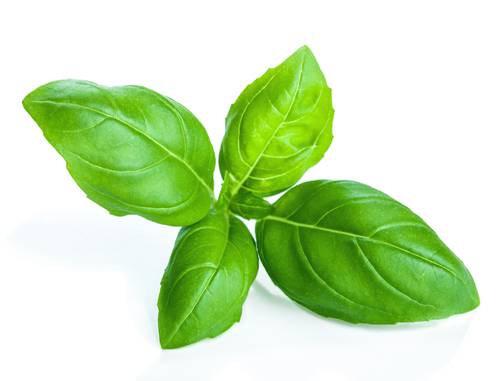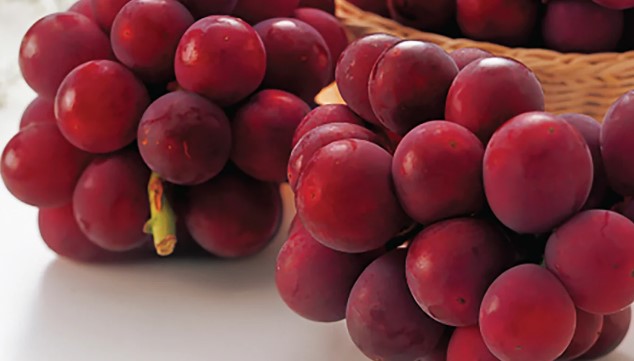/ month
placeholder text
Post List
Editor's Picks
Athirappilly Falls – The Niagara Falls of India
Marvel at Athirappilly Falls is one of India's biggest cascades, emerging...
Salar de Uyuni – The Nature Best Piece on Planet Earth
Salar de Uyuni - The South American salt flats...
How to Curb Expenditure if You are a Business Owner
How to Curb Expenditure if You are a Business...
Where should you go on vacation if you are a student?
Where should you go on vacation if you are...
Magnetized Planters Let Your Garden to Levitate in the Air
Magnetized Planters - Swedish researcher Simon Morris has been...
The Tails of Wonders Lena’s Stone Forest in Russia
Lena's Stone Forest is also called Lena's Pillars, actually...
Devil’s Elbow – Forgotten Notorious Double Hairpin Bend
A former stretch of road in Scotland that was...
Daredevil Nik Wallenda Conquers his Most Challenging Chicago Skyline
Nikolas Nik Wallenda is an American acrobat, aerialist, daredevil,...
Don't Miss
Ruby Roman Grapes – The Ultra Luxury Fruit
Ruby Roman Grapes Introduction: These are a type of...
What A Muslim is Required To Know About His Religion
In the Name of Allah, the Most Beneficent, the...
Galesnjak – Heart Shaped Island of Croatia
Heart Shaped Island of Croatia is a tiny island...
Choosing the Right Pet Transport Company: Tips for a Seamless Journey
Pet Transport Company
If you’re planning a long-distance move with...
Are Silicone Swim Caps Better?
Are Silicone Swim Caps Better? There are several reasons why...
Crested Pigeon: A Stocky Pigeon with an Amazing Conspicuous Thin Black Crest
Family: The crested pigeon (Geophaps tophotes) is a member...
Great Crested Grebe: The Ultimate Guide to Understanding This Stunning Bird
The Great Crested Grebe (Podiceps cristatus) is a striking...
Devils Tower – A Scared Geological Wonder
Devil's Tower is a unique and striking geological wonder...
Charismatic Planet © 2024 . All Rights Reserved.






